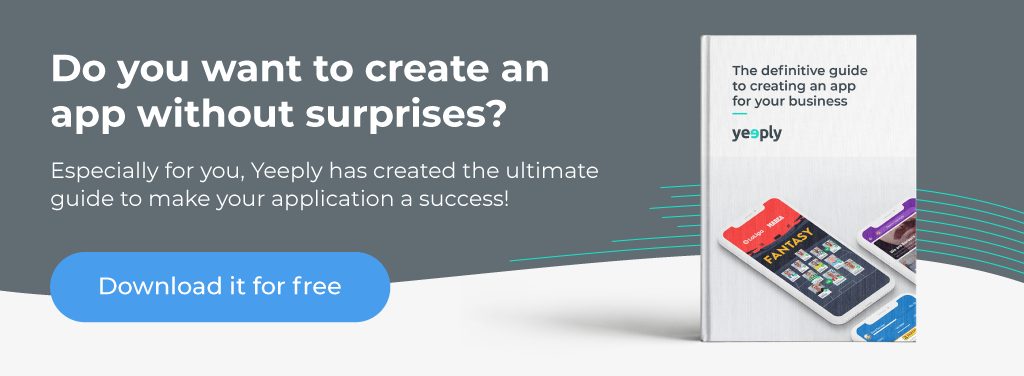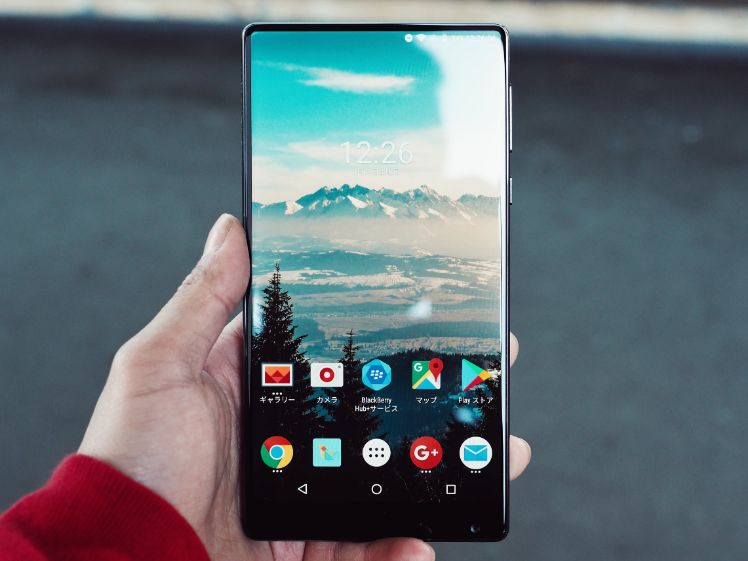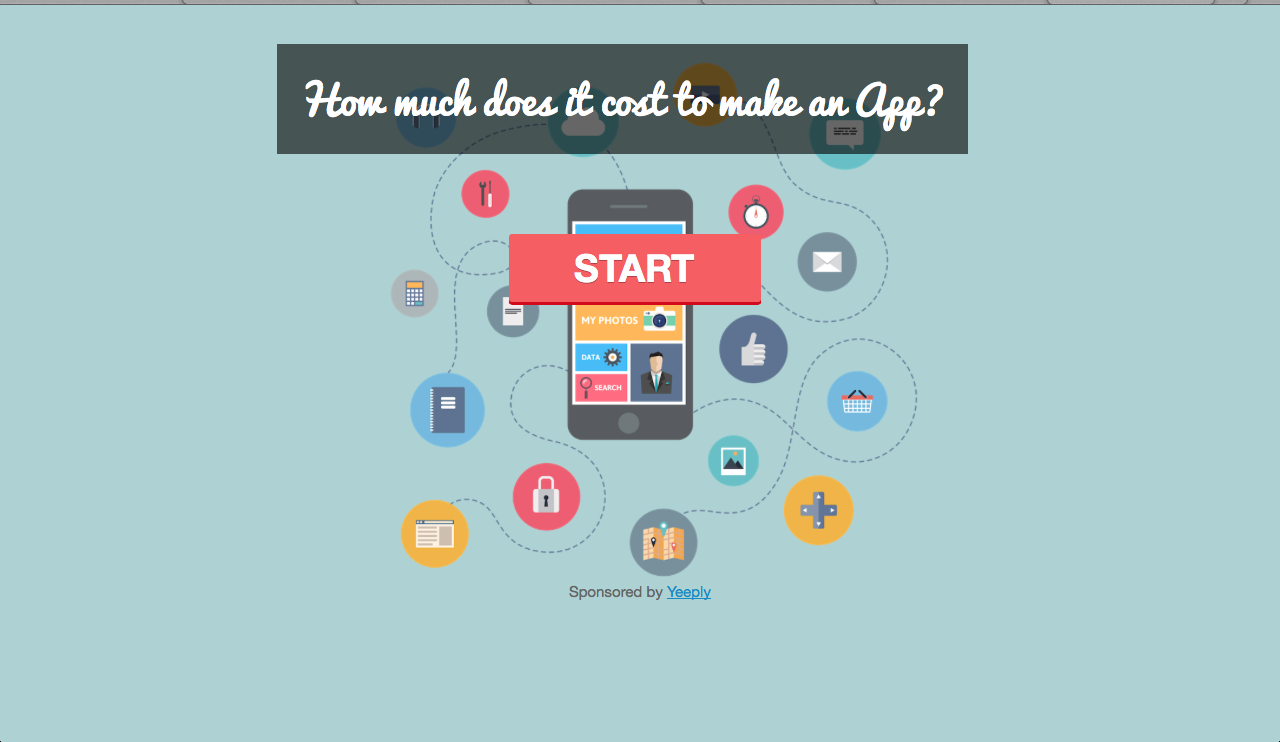There are many advantages to be found in developing a mobile application for our business: from brand positioning to boosting sales, issues that we have already been discussing on our Yeeply blog. However, investing in creating an app is not cheap. The cost of app development is high.
Therefore, we must work right away from the project’s beginning on the kind of return on investment (ROI) we want to obtain. In this sense, ROI in mobile application development is not always the same and may not even be proportional to the investment made. This is the reason why we must analyse how it will turn out for our mobile application.
We discussed how to monetise a mobile app some time ago. Monetisation techniques and strategies for apps are diverse and can be adapted to each particular app. However, we’ll now go further and define how to determine ROI in app development projects and specifically in the one concerning our app.
The most important thing is to have the goals we want to achieve with our app project defined from the very outset. Is it an application for your company? Or is it rather a game to make money? It’s not the same to develop mobile games to make money than to create a corporate app to enhance your brand and be able to connect more directly with your customers.

ROI for your brand’s application
Branding and services mobile applications are apps that can be downloaded and used for free. They are not intended to yield any kind of ROI out of their mobile application development process. If we want to bet on developing apps that aim at promoting our brand and giving it a higher reputation, we must realise that the return on investment will not come as direct revenue.
ROI when developing branding applications can generally only be measured on the medium and long term. The advantages brought to us by an app of this kind will be reflected as a clear improvement of our brand’s perception and a rise in customers’ purchase intent.
A greater customer loyalty will also be achieved at the same time that our company is taking the leap into the current era of modernity and innovation. It’s also a good technique to differentiate ourselves from our rivals in the industry. And we’ll also accomplish a wider promotion of both our brand and our company and perhaps even make them go viral. All this will be easier to achieve if we focus on developing apps for Android and iOS devices.
ROI in the development of hybrid and paid apps
If we’re after an immediate return on investment for our app’s development, the fastest way to obtain it is by applying the pay-per-download model. However, this method is not one the users’ favourites, as having to pay an initial amount for an app without having been able to try it creates very high expectations that are often not met. There are other ways to monetise the apps we develop rather than making customers pay per download.
There are many different business models for applications, but the following two are the most widely used among paid-for apps. One option is to set low prices for downloading our app. WhatsApp is a good example of this. In cases like this, the prices for downloading the apps don’t exceed one euro, so the cost for the customer is not very high. Nevertheless, your ROI regarding application development will be obtained on the long run.
The other possible strategy is to go for higher prices. Needless to say, we must be sure that our product will get sold. This is the case of some relatively well-known video games that get adapted to mobile devices and whose return on investment is guaranteed.

ROI in hybrid app development
The markets are teeming with hybrid apps: they are the most abundant kind of app and also those offering more monetisation possibilities. The business models of such apps focus on obtaining benefits after they are downloaded. ROI when developing such applications will be faster. It may be obtained through advertising, in-app mobile payments, subscription payments or the business model followed by the so-called freemium apps. These latter were a success story in 2013 and are still booming.
Other kinds of ROI in mobile application development
It’s also possible to achieve other kinds of ROI in mobile application development. Some companies sell user information to third parties. There are also many others who seek to analyse user behaviour or patterns within a given industry.
If our case is that of an SME, we must focus on having an app that’s useful. We’ll always obtain a decent ROI − regardless of whether it’s of direct economic nature or not − in app development, as long as our app provides a service and is useful to our users and potential customers.
How can I measure the return on investment?
Measuring the return on investment (ROI) of an application development process concerns our app directly and depends on which operating system it has been developed for. In this sense, we must bear in mind that Apple Store and Google Play are the most famous markets. They offer tools for keeping a record of the times our app gets downloaded, as well as from which countries it was downloaded from and user performance data. We can also check the comments and opinions left by those who have tried our app and the error reports it may have generated to act accordingly and get these problems solved in future updates.













